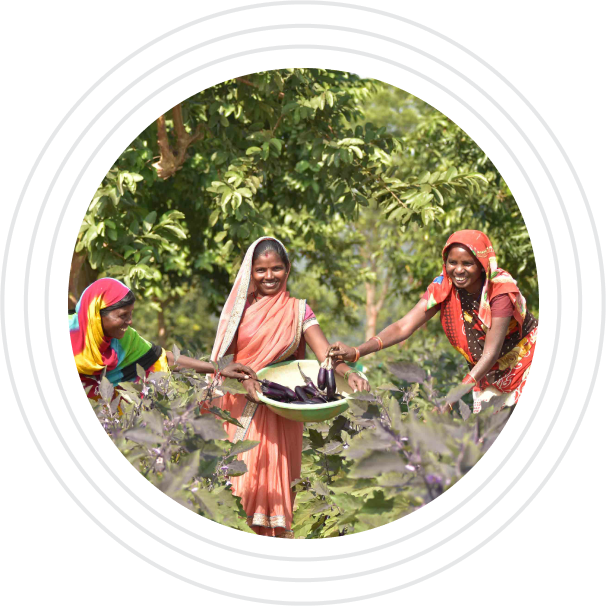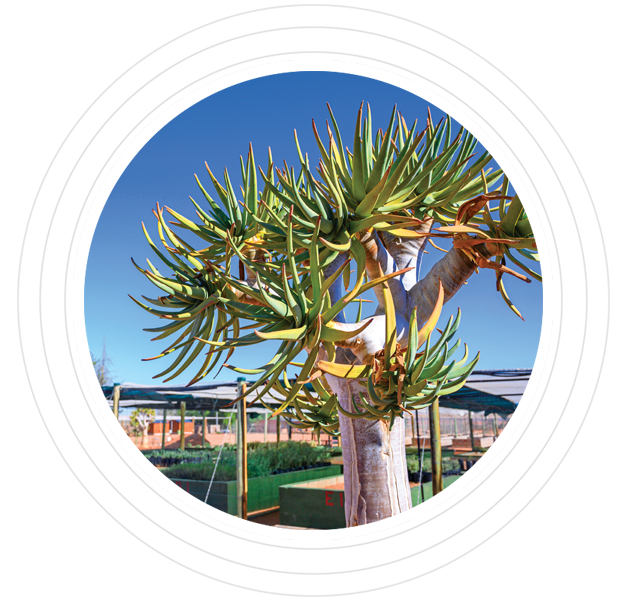Our ESG scorecard
Over the years, we have collaborated with national and international organisations to implement best-in-class practices, adopt the latest technologies and bolster our innovation capability. We do so to further our economic stewardship, deliver on our social responsibility and make our governance more robust. Here’s a summary of the targets we have set for ourselves for the future and our performance against those set goals.













